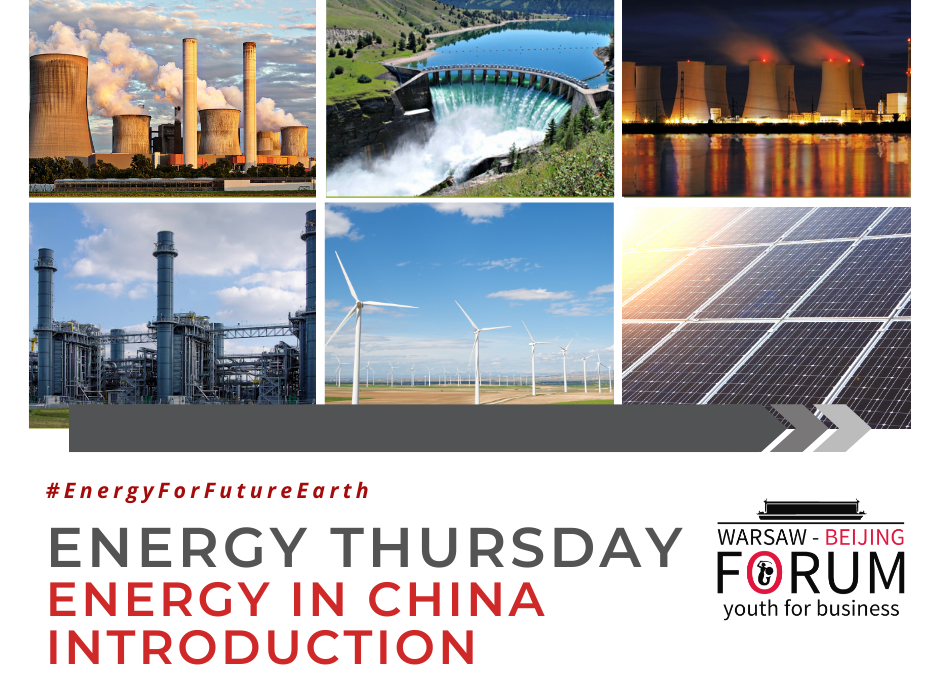Energy started to play a key role in China in 1978 when its economy began to grow rapidly. In the following decades, the Middle Kingdom became one of the global superpowers. It is also important to note that achieving this position on the international stage led to China becoming the world’s largest emitter of CO2. According to the International Energy Agency, China’s total CO2 emissions in 2017 amounted to 9 258.0 Mt. For comparison and a better grasp of the scope of this issue, in 2017, the United States emitted 4761.0 Mt of CO2 in total, and in 2018 – 4896.0 Mt. This is around half of China’s emissions. Despite the continuous growth of the renewable energy sector, coal remains a key issue for Chinese energy production. This is why coal amounted to as much as 7.444.0 Mt of total CO2 emissions in 2017.
CO2 emissions are a social concern which is why energy consumption and sustainable development have become an important part of China’s policy. China has been faced with important problems in the energy sector: on the one hand, the economy has a constantly growing industry that needs energy security to continue functioning, on the other hand, it is facing the negative effects of progress in the form of a degraded environment. It is the old coal power plants in China that have proved to be the main cause of the current environmental situation.
PRC dynamically conducts its energy policy in the area of international relations. One of the key political orientations is the commitment to the Paris Agreement to reduce CO2 emissions per unit of GDP by 60-65% by 2030 compared to 2005.
In 2011, the share of coal in energy production was 80.0%. A decrease in the share of coal in energy production to 71.0% in 2017 is a positive forecast. Low-carbon sources accounted for 25%, and renewable energy sources – 21.0% – in the same year. The share of gas was 4%. Oil has the lowest position in energy production, i.e. 1% share.
Author:
Olga Ostrowska


Recent Comments